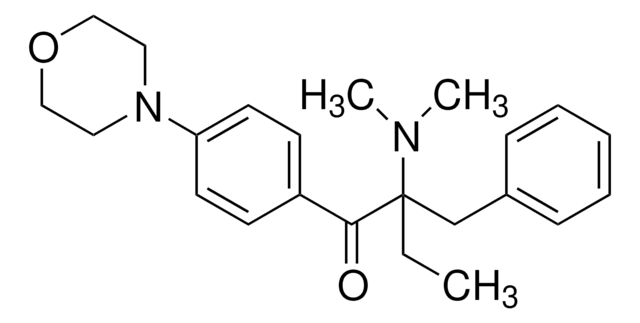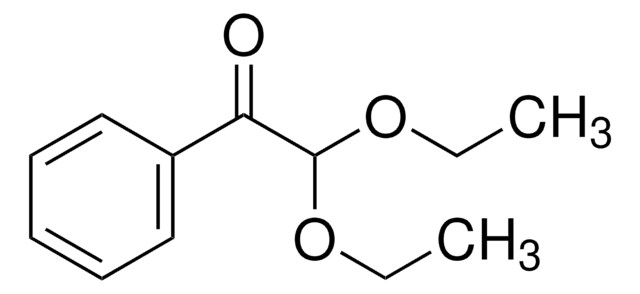410896
2-Hydroxy-4′-(2-hydroxyethoxy)-2-methylpropiophenone
98%
Sinónimos:
1-[4-(2-Hydroxyethoxy)phenyl]-2-hydroxy-2-methyl-1-propan-1-one, 2-Hydroxy-1-[4-(2-hydroxyethoxy)phenyl]-2-methyl-1-propanone, 2-Hydroxy-2-methyl-1-[4-(2-hydroxyethoxy)phenyl]propan-1-one, 4-(2-Hydroxyethoxy)phenyl 2-hydroxy-2-propyl ketone
About This Item
Productos recomendados
Quality Level
assay
98%
mp
88-90 °C (lit.)
SMILES string
CC(C)(O)C(=O)c1ccc(OCCO)cc1
InChI
1S/C12H16O4/c1-12(2,15)11(14)9-3-5-10(6-4-9)16-8-7-13/h3-6,13,15H,7-8H2,1-2H3
InChI key
GJKGAPPUXSSCFI-UHFFFAOYSA-N
Categorías relacionadas
Application
- Polyacrylamide-grafted chitosan nanoparticles by copolymerization of acrylamide and chitosan nanoparticles.
- Hydrophobic polyurethane sponge through thiol–ene Click reaction.
hcodes
pcodes
Hazard Classifications
Aquatic Chronic 2
Storage Class
11 - Combustible Solids
wgk_germany
WGK 1
flash_point_f
not determined
flash_point_c
not determined
ppe
Eyeshields, Gloves, type N95 (US)
Elija entre una de las versiones más recientes:
¿Ya tiene este producto?
Encuentre la documentación para los productos que ha comprado recientemente en la Biblioteca de documentos.
Los clientes también vieron
Global Trade Item Number
| Número de referencia del producto (SKU) | GTIN |
|---|---|
| 410896-50G | 4061835562978 |
| 410896-5MG | 4061833238776 |
| 410896-10G | 4061832019642 |
Nuestro equipo de científicos tiene experiencia en todas las áreas de investigación: Ciencias de la vida, Ciencia de los materiales, Síntesis química, Cromatografía, Analítica y muchas otras.
Póngase en contacto con el Servicio técnico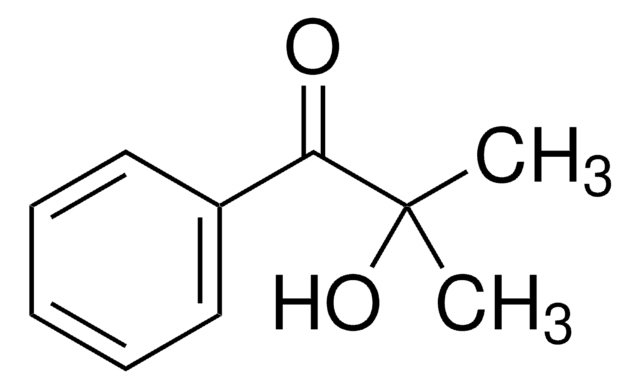


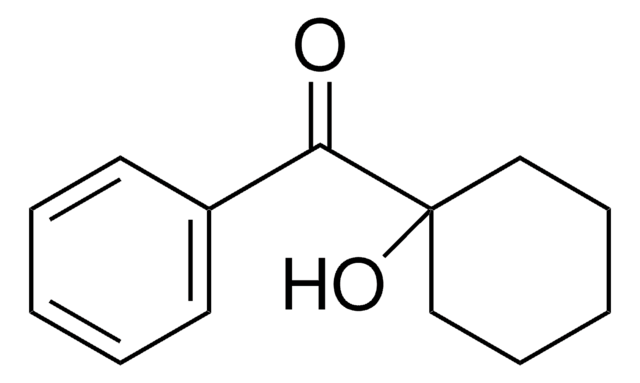


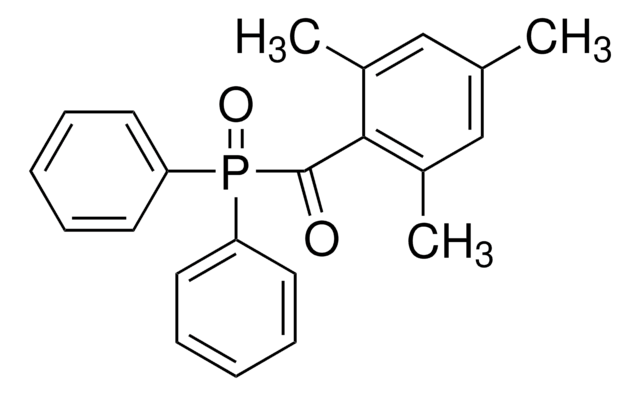
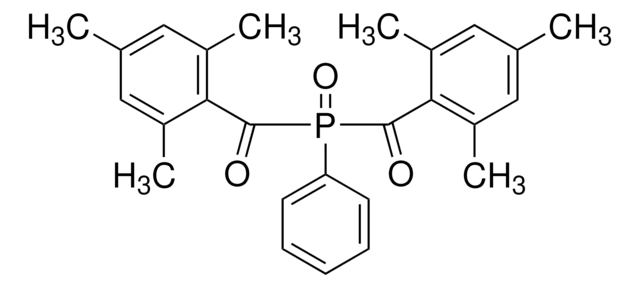

![2-[2-(2-Methoxyethoxy)ethoxy]acetic acid technical grade](/deepweb/assets/sigmaaldrich/product/structures/335/694/b58c539b-141f-4ab2-98d9-5f46c748490b/640/b58c539b-141f-4ab2-98d9-5f46c748490b.png)


